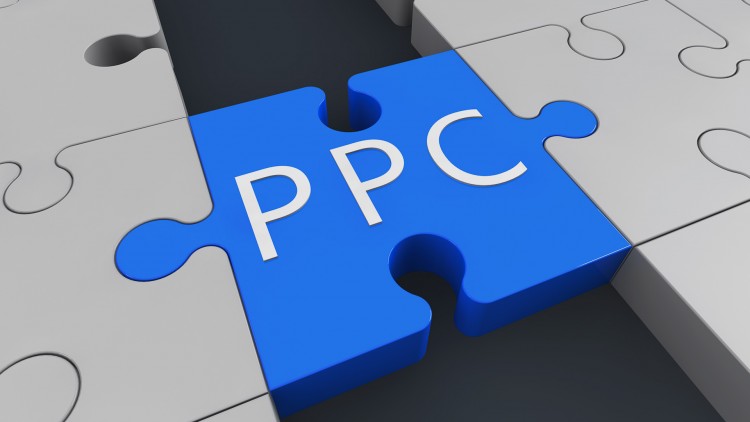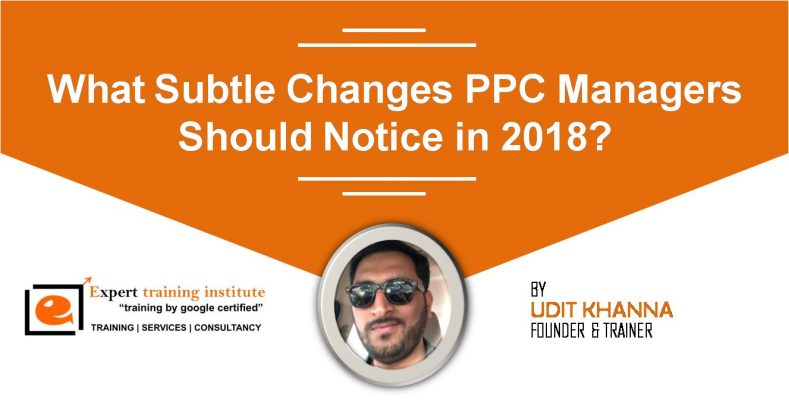How To Do Inbound Marketing With PPC?
It is true that PPC isn’t suitable for inbound marketing but PPC can be used for inbound marketing by making some changes in the ads. Paid ads can increase visibility by placing the content on top of search result pages. Also it can highlight content on social media.
If you can align your PPC ads with your inbound marketing strategies, you can easily push your content up on the search engine ladder and high on social media popularity.
Here’s how PPC works for inbound marketing campaigns
1# Know your targeted audiences
Start your PPC campaign by defining who your clients are. The ads should be targeted towards a specific set of audiences that could belong to an area, gender and career or job position. Classify your audiences in a category for PPC targeting. You can even segment targeted customers in smaller groups like localities. The segmentation of clients would help in delivering relevant content matching with the needs of targeted groups.
2# Select right keywords
Just like other PPC and SEO campaigns, you have to do an intense search to locate right keywords for your inbound PPC ads. Long tail keywords would suit your ad targeting more than general keywords. It is so because you have segments of customers instead of a big general market. Long tail keywords could connect you with your targeted audiences.
Google keyword planner is a great tool for locating long tail keywords. The tool has long phrase under the Ad Group Ideas tab. The tool will open a long list of ad groups that you can scan and individually check each keyword to determine its suitability for your ads.
3# Content creation
The long tail keywords will give you an idea of who your targeted audiences are and what their preferences are. The keywords are search intents that you can study and understand what your customers are looking for. After getting a fair idea on the search intent of the customers, you can easily create informative content for the targeted clients.
Ideas taken from the keyword research will help in understanding needs and in serving information the clients are looking for. An in-depth study of the keywords and needs is needed and also you need to be creative with your content so that it interests the viewers.
4# Content promotion with paid ads
If you have a valuable piece of content for customers or you can create interesting content then you should promote that content with PPC. There are people that haven’t made any opinion on the products you are offering. You can attract those customers with your content and help them make an opinion with the help of information provided in the content.
Social media is the right platform for publishing paid content. Here you can easily find people interested in your content. They will click on the ads and provide valuable leads if they aren’t converting to customers. Use the different type of promotional content for PPC and also use marketing language with a CTA to push the content in the market.
5# Landing page optimization
Create dedicated landing pages for inbound PPC marketing or at least optimize the present pages to enhance the relevance of the landing page with the content promoted. The idea behind landing page optimization is to remove obstacles that could distract the visitors from your ads and stop conversions.
Conclusion
PPC can work for inbound marketing but only when the ads are taken care of. Also, there should be no comparison between mediums like search engine results pages and social media platforms. The focus should be on cost saving while driving targeted traffic to the site.



